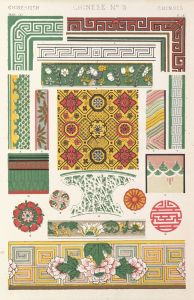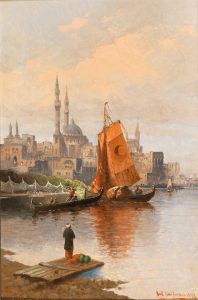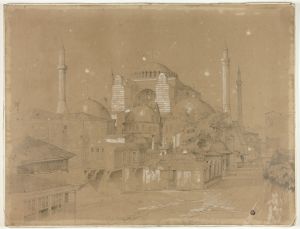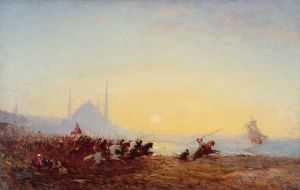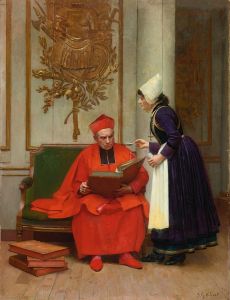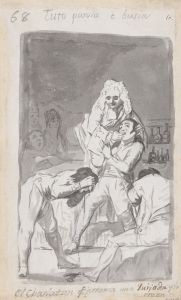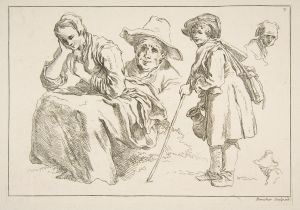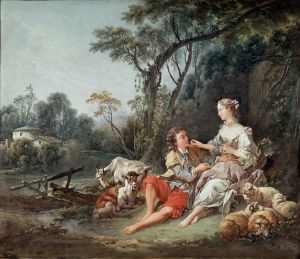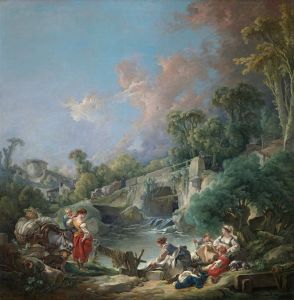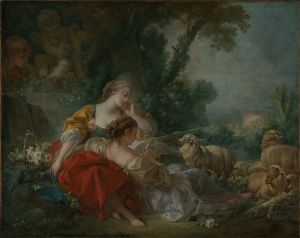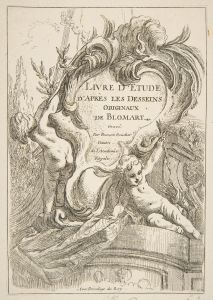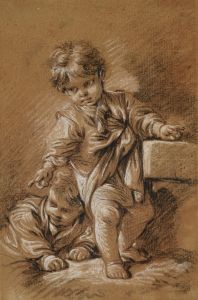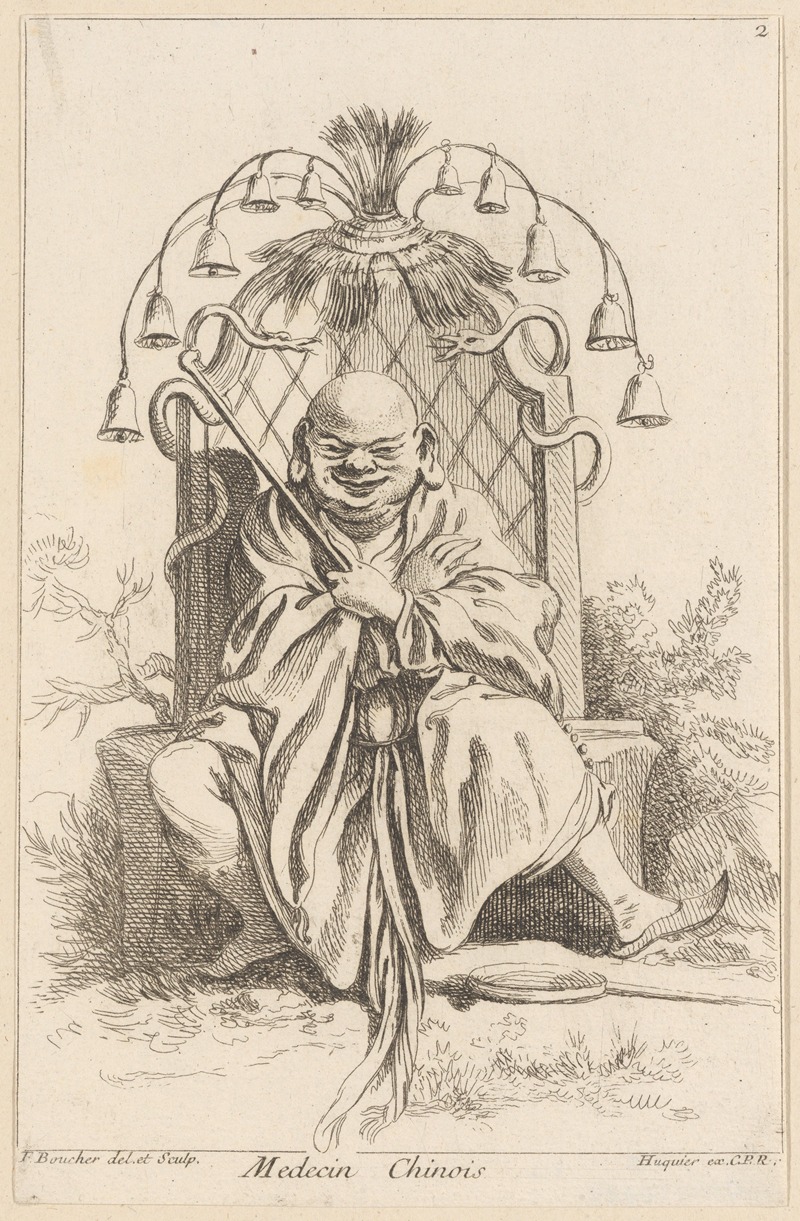
Chinese doctor
A hand-painted replica of François Boucher’s masterpiece Chinese doctor, meticulously crafted by professional artists to capture the true essence of the original. Each piece is created with museum-quality canvas and rare mineral pigments, carefully painted by experienced artists with delicate brushstrokes and rich, layered colors to perfectly recreate the texture of the original artwork. Unlike machine-printed reproductions, this hand-painted version brings the painting to life, infused with the artist’s emotions and skill in every stroke. Whether for personal collection or home decoration, it instantly elevates the artistic atmosphere of any space.
François Boucher (1703–1770) was a prominent French painter known for his Rococo style, which was characterized by light colors, playful themes, and an emphasis on beauty and elegance. Boucher was a prolific artist whose works included paintings, drawings, and designs for tapestries and porcelain. He was a favorite of Madame de Pompadour, the influential mistress of King Louis XV, and his work often reflected the tastes and interests of the French aristocracy during the 18th century.
One of Boucher's lesser-known works is "Chinese Doctor," a painting that reflects the 18th-century European fascination with Chinoiserie. Chinoiserie was a style that imitated Chinese and East Asian artistic influences, which became popular in Europe during the 17th and 18th centuries. This interest was fueled by increased trade and contact with Asia, leading to a fascination with Asian culture, art, and design.
"Chinese Doctor" is an example of how Boucher incorporated these exotic themes into his work. The painting depicts a figure dressed in what was perceived to be traditional Chinese attire, engaged in an activity that suggests medical practice or scholarly pursuit. The artwork is characterized by Boucher's typical use of soft colors and delicate brushwork, which imbue the scene with a sense of elegance and whimsy.
The painting is part of a broader trend during the Rococo period, where artists and patrons were captivated by the allure of the "Orient" and sought to incorporate these exotic elements into their art and decor. This fascination was not limited to visual arts but extended to architecture, furniture, and fashion, all of which featured motifs and designs inspired by Asian art.
Boucher's work, including "Chinese Doctor," played a role in popularizing Chinoiserie in France and beyond. His ability to blend these exotic themes with the Rococo style made his work appealing to the French elite, who were eager to display their sophistication and worldliness through art that reflected global influences.
While "Chinese Doctor" is not as widely recognized as some of Boucher's other works, such as "The Toilet of Venus" or "Madame de Pompadour," it remains an interesting example of the cultural exchanges that influenced European art during the 18th century. The painting is a testament to the period's artistic curiosity and the desire to explore and incorporate diverse cultural elements into European art.
In summary, "Chinese Doctor" by François Boucher is a reflection of the 18th-century European fascination with Chinoiserie and the broader cultural exchanges between Europe and Asia. It exemplifies Boucher's skill in integrating exotic themes into the Rococo style, contributing to the popularity of Chinoiserie in European art and culture.





